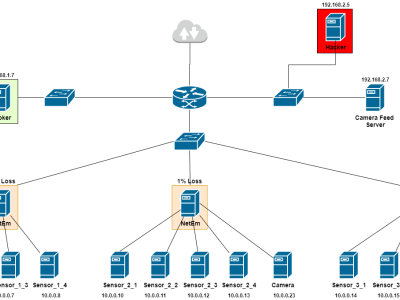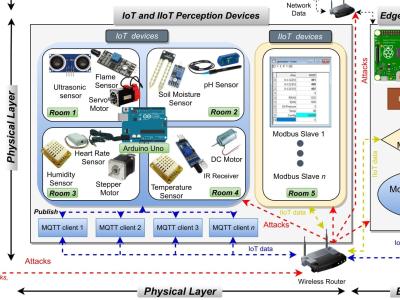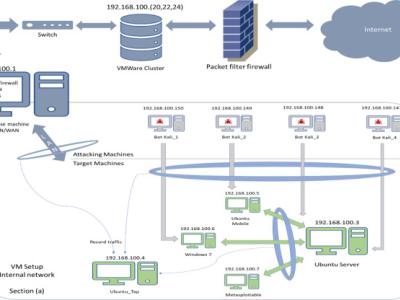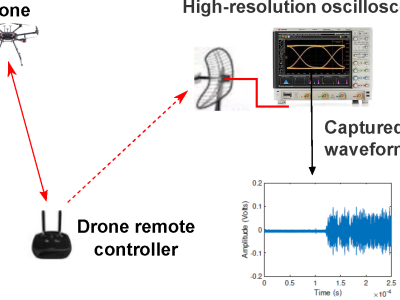Indoor Temperature Data Collection for Machine Learning Climate Control

- Citation Author(s):
-
A.PRAVIN RENOLD (School of Computer Science and Engineering, VIT University Chennai)Javed Mohamed Ashiq (School of Computer Science and Engineering, VIT University Chennai)G S. Sai Chirag (School of Computer Science and Engineering, VIT University Chennai)
- Submitted by:
- Pravin Renold
- Last updated:
- DOI:
- 10.21227/gd3f-7d85
 588 views
588 views
- Categories:
- Keywords:
Abstract
This dataset presents a comprehensive collection of the indoor temperature data collection procedure, meticulously designed to develop a robust dataset. The primary purpose of this dataset is to train a sophisticated machine learning algorithm capable of dynamically controlling the climate within indoor environments. The data is gathered in the A-block hostel room block on the 13th floor of VIT University Chennai, from April 15th to April 22nd, 2024. Utilizing the precise DS18B20 Temperature sensor, temperature readings are recorded at ten-minute intervals, ensuring a rich and granular dataset. To accurately reflect the room’s varying thermal conditions, the sensor’s location was alternated between two predefined points every twelve hours. This strategic approach guarantees a diverse and representative collection of temperature data, pivotal for the algorithm’s success in achieving optimal climate control.
Instructions:
Summary:
The dataset includes temperature readings ranging from 25.9°C to 43.4°C, reflecting the varying indoor conditions at 13th floor at VIT University Chennai over the collection period. This data is crucial for developing an effective machine learning model for climate control.
Data Collection:
Temperature Sensor: 1 DS18B20 sensor, sampled every 10 minutes, device relocation every 12 hours for accuracy.
Dataset Composition:
The temperature data is organized in a CSV (Comma-Separated Values) file format, which is a simple text format used for storing tabular data.
Dataset Content: Each entry in the dataset consists of temperature readings along with their corresponding timestamps.The date is shown in the format DD-MM-YYYY, where DD is the day, MM is the month, and YYYY is the year.
Time Format: Time is represented in hours and minutes, ranging from 00:00 to 23:50, without the use of AM or PM.
Potential Applications:
Machine learning models can identify optimal temperature ranges for different activities, generating alerts if the temperature deviates significantly from the comfort zone. This ensures a healthier and more pleasant indoor environment.Educational institutions or workplaces can create adaptive learning environments using temperature data. The system can adjust factors like lighting and seating arrangements to enhance productivity and well-being based on the analysis of temperature data.







